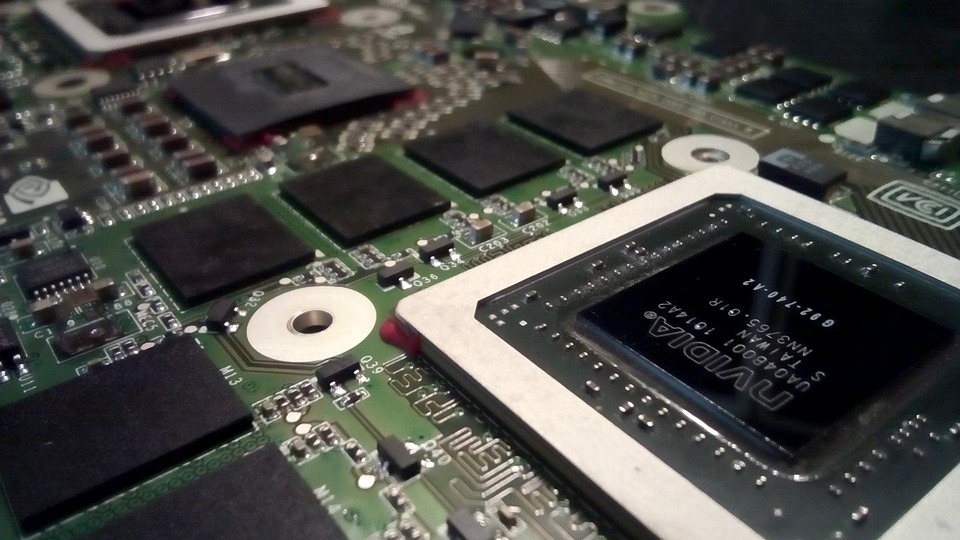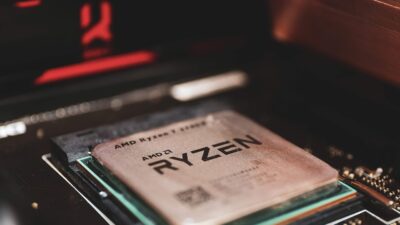The graphics card market is a battleground where two giants—Nvidia and AMD—face off, each vying for dominance with cutting-edge technology, compelling performance, and an ever-looming promise of new and innovative features. This fierce rivalry has driven both companies to consistently push the envelope, making their products more powerful, efficient, and accessible to gamers, creators, and professionals alike. This article delves into the similarities, differences, and key developments that define the ongoing Nvidia vs. AMD saga.
The Historical Context
Nvidia, founded in 1993, quickly became a leader in graphics processing units (GPUs) through its innovative architectures and technology. The introduction of the GeForce series solidified its reputation, offering gamers enhanced performance and graphics fidelity. Meanwhile, AMD, a veteran in semiconductor manufacturing since 1969, has historically been known for its CPUs but made significant inroads into the graphics market after acquiring ATi Technologies in 2006. The Radeon brand has since grown to be a direct competitor to Nvidia, appealing to price-conscious consumers and gamers seeking high-performance graphics at a better value.
Architectural Innovations
Nvidia: The Power of CUDA and Ray Tracing
Nvidia has established itself as a pioneer with technologies like CUDA, enabling developers to leverage the power of parallel processing for various applications beyond gaming, such as AI and machine learning. Additionally, Nvidia’s introduction of real-time ray tracing with the RTX series revolutionized gaming graphics, allowing for hyper-realistic lighting, reflections, and shadows. Combined with features like DLSS (Deep Learning Super Sampling), which uses AI to upscale lower-resolution images in real-time, Nvidia continues to set the benchmark for high-end graphical performance.
AMD: Embracing the RDNA Architecture
AMD’s RDNA architecture, introduced with the Radeon RX 5000 series, brought significant performance improvements and power efficiency compared to its predecessor, GCN (Graphics Core Next). The RDNA 2 architecture, used in the RX 6000 series, further enhanced performance and introduced hardware-level ray tracing support, leveling the playing field against Nvidia. AMD has made strides with features like FidelityFX Super Resolution (FSR), which offers a competitive alternative to Nvidia’s DLSS, appealing to gamers on various hardware configurations.
Performance and Pricing
When comparing performance, Nvidia generally occupies the higher end of the spectrum, with flagship models like the RTX 3080 and RTX 3090 showcasing unparalleled graphics capabilities. However, AMD has carved out a reputation for offering competitive mid-range and budget options. The RX 6800 and RX 6700 XT, for instance, deliver excellent gaming experiences at compelling price points, making high-performance gaming accessible to a broader audience.
Both companies have faced criticism regarding pricing strategies, particularly during the global chip shortage. However, Nvidia’s dominance in the high-end sector often leads to higher price tags, putting pressure on gamers seeking the best performance for their budgets. AMD, with its focus on affordability and competitive offerings, has gained traction in the mid-range market—attracting those who prioritize value without sacrificing performance.
Software and Drivers
Software support and driver optimization play critical roles in maximizing hardware performance. Nvidia’s GeForce Experience suite provides streamlined updates, game optimization features, and an easy interface for recording gameplay and streaming. Meanwhile, AMD’s Adrenalin software is robust, offering features such as in-game performance metrics, customizable overlays, and game streaming support.
While both companies have made substantial strides in driver stability and performance, Nvidia generally receives praise for quicker drivers that optimize new game launches. AMD, however, has improved significantly in this area, narrowing the gap over recent years.
The Future: AI and Beyond
As the industry evolves, future battles are set to emerge around AI-driven graphics, advanced computing applications, and integration with next-gen gaming technologies. Both Nvidia and AMD are unlikely to slow down, investing heavily in research and innovation. Emerging technologies like machine learning and AI-driven graphical enhancements are becoming pivotal, as are advancements in power efficiency and thermal management.
The Metaverse and VR
With the rise of virtual and augmented realities, both companies are also gearing up to support emerging markets like the metaverse, with capabilities that extend beyond traditional gaming. As graphical demands rise, so too will the competition to bring the best hardware to support these innovative experiences.
Conclusion
The ongoing clash between Nvidia and AMD continues to shape the graphics card landscape, driving innovation and competition that benefits consumers. Whether you’re a serious gamer, a content creator, or a tech enthusiast, the rivalry between these titans ensures that a wealth of options is always available. As they compete for supremacy, customers can expect exciting advancements, increased accessibility, and ultimately, a more enriched experience in visual computing.


